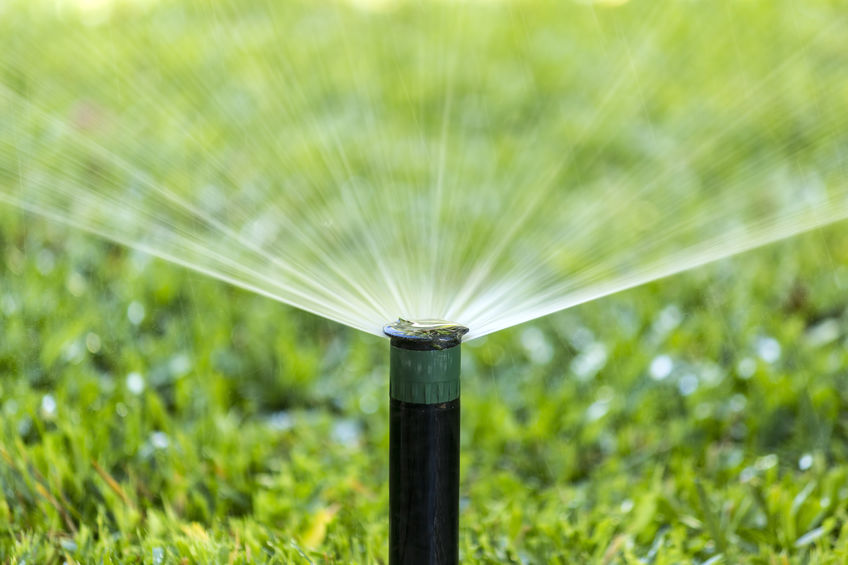Clean water is something that many people take for granted. It is only through adherence to regulations and inspections that this standard can be maintained. One of the most important factors in ensuring that your home or business receives clean water is through the backflow prevention device.
What is backflow?
Backflow occurs when fluid pressure in a non-potable (not fit for drinking) pipe either drops due to external factors such as a leak, burst pipes or unusually high demand or rises to a level that overpowers upstream pressure. When this happens, there is a risk that impurities can enter potable (safe for drinking) water supplies.
What is a backflow preventer?
Backflow prevention can range in complexity, from a simple air gap all the way to a series of check and preventer valves. An air gap is simply a configuration that does not allow fluid from one source to flow into another source. A good example is a sink faucet, where even if a sink backs up, the faucet nozzle is high enough that water cannot flow back into the system through it. A backflow preventer device is designed to resist the pressure of an offending fluid source. Designed as a pair of check valves and an air gap fitting, these are used when contaminants may be under high pressure. Due to their mechanical nature, these devices must be inspected on a regular basis. Now that you know a little more about backflow and the way to combat it, please continue reading to discover our top three reasons to have your backflow system checked this spring.
- Contaminants are everywhere. Contaminants from fertilizer runoff, chemicals from industrial processes, fire protection fluids and common household cleaners all pose a risk to your potable water. Homes that have lawn irrigation, inground pools, dishwashers, washing machines, and boiler heaters should definitely have a backflow preventer installed.
- Testing is the law. Backflow testing is required by the EPA and local municipalities. Only certified professionals can inspect and test backflow preventers. The test consists of a plumbing professional pressurizing your water system. Then they look to ensure that every component is operating as designed. If the valves are not able to hold back the minimum pressure required by law, that means the preventer is unable to protect your potable water. At this point, the preventer must be repaired or replaced.
- Reduced liability. Facilities that have water fountains, soda machines, suppressors and sprinkler systems all run the risk of any possible backflow getting into potable water or food. Businesses can ensure legal compliance by having a backflow test performed and documented.
At Bieg Plumbing, we are able to perform any backflow testing that you may require. Restaurants, schools, businesses and homeowners in the greater St. Louis area have trusted us for over 60 years to ensure that their potable water is free from contaminants.
If it is time for your backflow preventer test, please, contact us at 314-487-4564 today.

